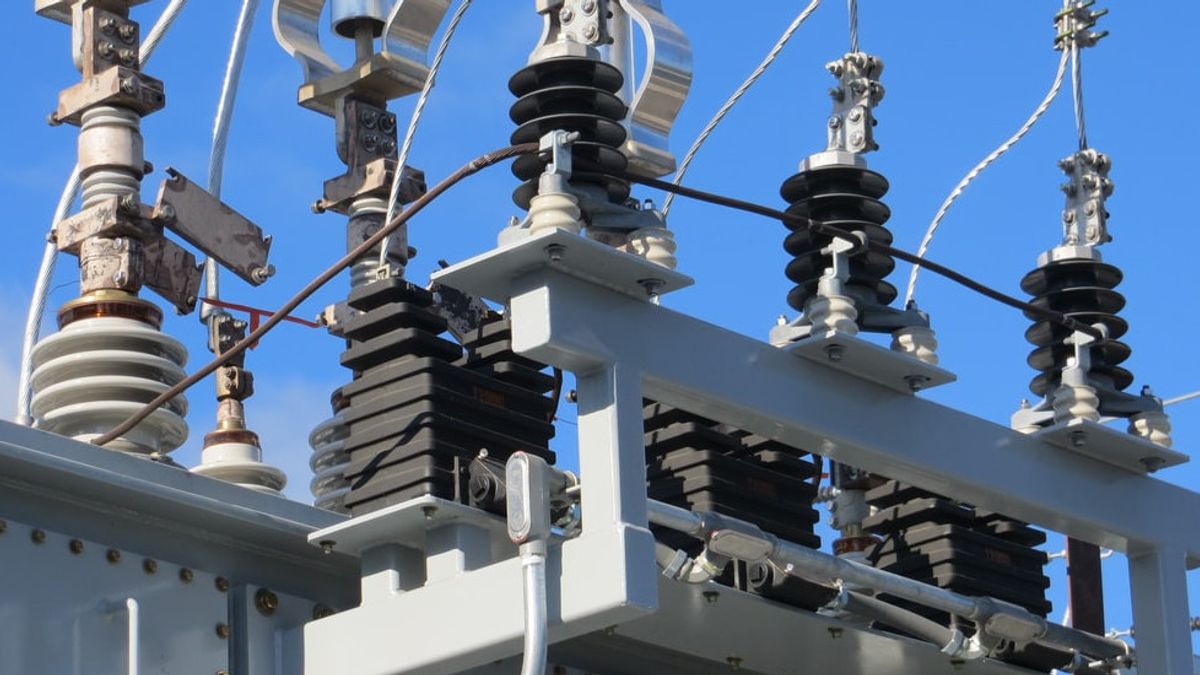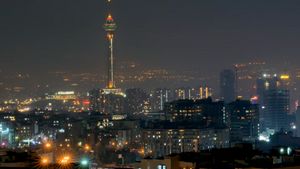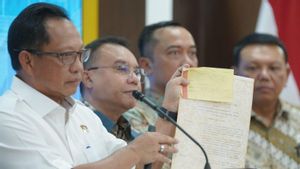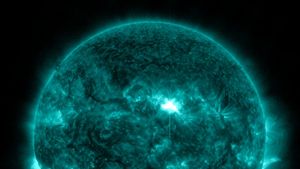JAKARTA - PT PLN (Persero) is trying to increase the portion of the new renewable energy mix (EBT) by converting diesel power plants (PLTD) to EBT plants in Indonesia.
Divided into two stages, this year PLN targets to convert up to 250 Megawatts (MW) of PLTD spread across several points in Indonesia.
Later, this PLTD will be replaced using a baseload PLTS, which means there is an additional battery so that the generator can operate 24 hours.
“Currently we are conducting an auction in one or two months. Currently, there are 160 eligible participants," said PLN President Director Darmawan Prasodjo, quoted on Tuesday, February 1.
Darmawan said that in this auction, PLN freed the specifications for the batteries to be used by participants. PLN emphasizes that participants can improve innovation so as to create efficient batteries and have reliable operation.
“So which technology is the most reliable and the best efficient. So that's the winner. This builds innovation,” said Darmawan.
With the conversion to PLTS and batteries, the installed capacity in this first stage can reach around 350 MW. So that it can boost the renewable energy mix and increase the installed capacity of national generators.
Meanwhile, in phase two, PLN will convert the remaining PLTD of around 338 MW with other EBT plants, in accordance with the natural resources that are superior in the area and the best economy.
For the conversion plan to a gas-fired power plant, PLN is also working with PT Perusahaan Gas Negara (PGN) in this conversion effort. Several PLTDs, which this year is also being worked on with PGN, have replaced PLTDs into gas-steam power plants (PLTGU). This gasification program targets remote areas.
This program is targeted to be completed in 2026. It is hoped that around 2,130 PLTD points that currently exist can be converted to clean energy generation or connection to the grid.
Along with technological developments, Darmawan believes that the cost of producing new renewable energy (EBT) in Indonesia will be more competitive compared to fossil plants.
This can be seen from the continued decline in the price of PLTS and batteries. In 2015 the price of PLTS was set at USD 25 cents per kilowatthour (kWh). However, at this time, the price of PLTS can be reduced to around USD 5.8 cents per kWh, even with the current trend it can fall below USD 4 cents per kWh.
As for today's batteries, the price reaches USD 13 cents per kWh which was previously at USD 50 cents per kWh. This means that there is a cost reduction of almost 80 percent.
The average price of a Li-ion battery pack in 2020 is 137 USD/kWh which was previously at 668 USD/kWh in 2013. This means that there is an almost 80 percent drop in costs. (“Source: BloombergNEF”)
“Technology developments and innovations are able to reduce the price of NRE generators. This answers the dilemma between clean but expensive energy or dirty but cheap energy. This can be answered, that within a period of time clean and cheap energy can be achieved,” concluded Darmawan.
The English, Chinese, Japanese, Arabic, and French versions are automatically generated by the AI. So there may still be inaccuracies in translating, please always see Indonesian as our main language. (system supported by DigitalSiber.id)













